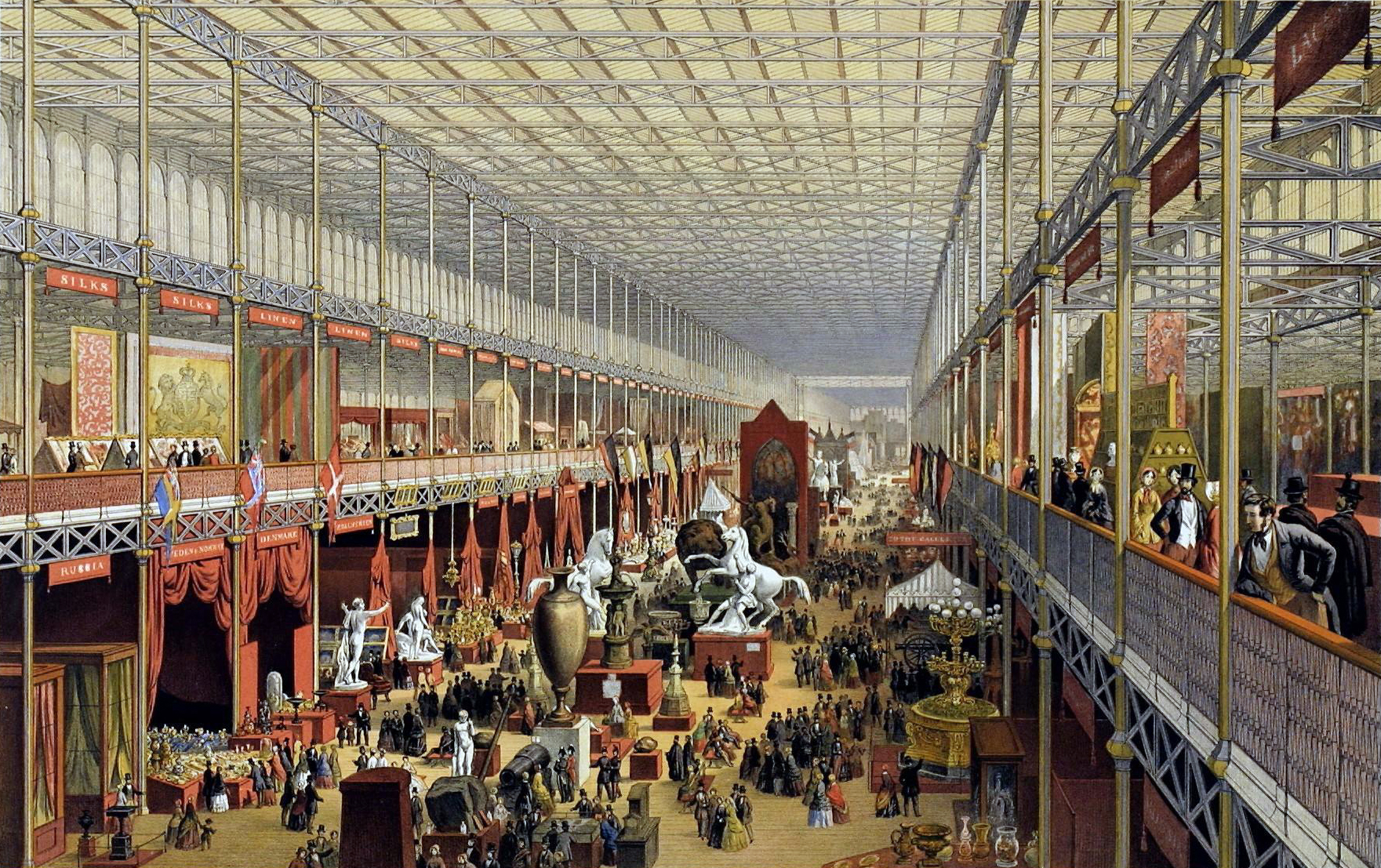
A paperweight is a small, weighted object, often made of glass, used to keep loose papers in place on desks or work surfaces. Although it originated as a functional tool, the paperweight has since gained artistic and symbolic value (Miller, 2009). Today, many are considered collectible items, crafted in limited editions and featured in galleries and museums as refined examples of glass artistry (Hollister & Lanmon, 1978).
Most glass paperweights have a flat or slightly concave base, which may be polished, frosted, or decorated with patterns such as star-cuts or diamond grooves. Some designs include a flange that forms a footed base, while others feature decorative grounds made of colored glass, sand, or lace-like structures (Bergstrom, 1940).
The beautiful world of paperweights (CBS Sunday Morning, 2014)
The tradition of artistic paperweights began in mid-19th century France, where glassmakers such as Baccarat, Clichy, and Saint Louis elevated the object from a simple desk accessory to a luxurious collectible. These ornate paperweights were even displayed at the Great Exhibition of 1851 (Weights-n-Things, n.d.). Although their popularity declined after a few decades, renewed interest from collectors in the 1950s brought the paperweight back into prominence (Glass Paperweight Foundation, n.d.).

Great Exhibition of 1851 in London (McNeven, 1851).